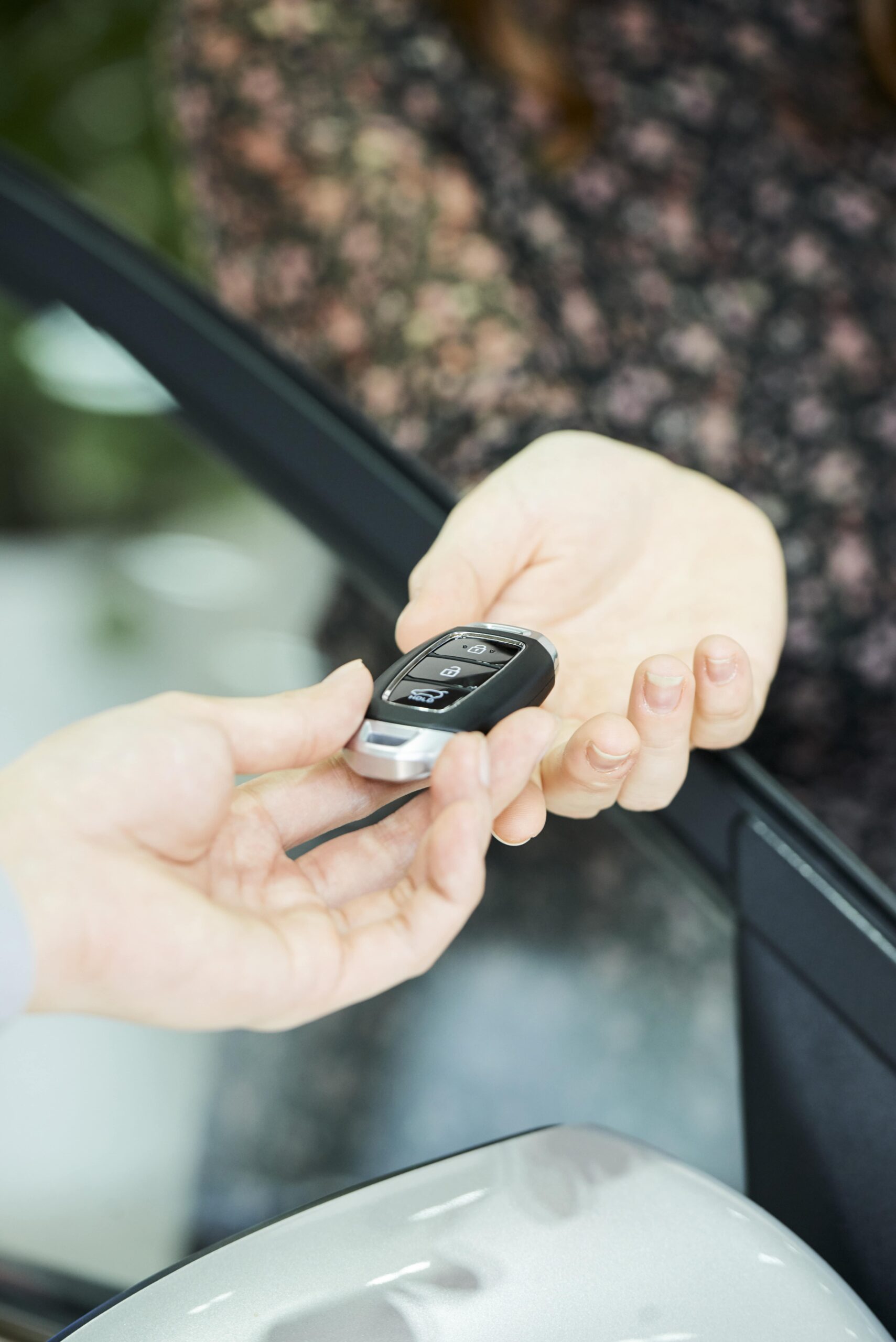20 Resources That Will Make You Better At Key Programming And Codes
페이지 정보
작성자 Amos Dawbin 작성일25-08-10 05:24 조회8회 댓글0건관련링크
본문
Key Programming and Codes: Unlocking the Secrets of Modern Automotive Technologies
The automotive landscape has undergone a dramatic change over the previous few years, with technological developments improving how vehicles operate. One essential aspect of this advancement is key programming and coding. This post delves into the complexities of automotive key programming, the various types of keys, the coding procedure, and typical FAQs surrounding this important element of vehicle security.
1. Comprehending Key Programming
Key programming is the procedure of configuring a vehicle's key or key fob to interact with the car's immobilizer system. Modern lorries typically have advanced security functions that utilize advanced innovation to prevent theft. This security is mostly reliant on the programming of keys and key fobs.

1.1 Types of Automotive Keys
There are several kinds of keys utilized in modern lorries. Comprehending these types is crucial for both consumers and automotive experts:
Traditional Mechanical Keys: These keys are by hand cut to fit the vehicle's ignition lock. They do not consist of electronic parts.
Transponder Keys: These keys include a chip that interacts with the vehicle's onboard computer system. When the key is placed, the car confirms the signal before permitting the engine to begin.
Remote Keyless Entry (RKE) Keys: Often described as "key fobs," these devices permit the user to unlock and begin the vehicle without inserting a physical key into the ignition.

Smart Keys: These advanced keys permit keyless entry and ignition. The vehicle finds the presence of the wise key, enabling the chauffeur to start the engine with the push of a button.
1.2 The Importance of Key Programming
Key programming plays an essential role in automotive security and functionality. Here are some reasons that it is considerable:
Anti-theft Protection: Properly programmed keys prevent unapproved access to the vehicle, minimizing the risk of theft.
Compatibility: Key programming ensures that the key or fob is suitable with the specific make and design of the vehicle, allowing it to function correctly.
Functionality Restoration: If a key is lost or damaged, programming a brand-new key or reprogramming an existing one brings back the vehicle's functionality.
Table 1: Automotive Key Types and Features
| Key Type | Description | Functions |
|---|---|---|
| Traditional Mechanical | Basic cut key used in older automobiles | Manual operation |
| Transponder | Includes a chip for interaction with the vehicle's computer system | Enhanced security |
| Remote Keyless Entry | Enables for remote locking/unlocking without a physical key | Convenience and flexibility |
| Smart Key | Keyless entry and ignition functionality | Advanced technology |
2. The Key Programming Process
The key programming process can vary depending on the type of key, vehicle make and model, and producer. However, it usually involves numerous key actions:
2.1 Preparing the Vehicle
Before starting the programming process, it is vital to:
- Ensure the vehicle is in a location devoid of obstructions.
- Have all required keys present for programming (if appropriate).
- Disconnect any previous keys or fobs from the vehicle's memory.
2.2 Programming Steps
While the exact process may differ, the following actions provide a general standard for key programming:
Accessing the Vehicle's ECU: Connect a programming tool or key programmer to the vehicle's On-Board Diagnostics (OBD-II) port.
Choosing the Programming Feature: Use the programming tool to locate and select the key programming function in the vehicle's ECU.
Getting In Key Information: Input the appropriate key info as prompted by the programming tool.
Validating Programming: Follow the programming tool's directions to validate if the key has been effectively programmed.
Evaluating the Key: After programming, test the key or fob to guarantee it operates all required functionalities, including locking/unlocking doors and beginning the engine.
2.3 Common Tools Used
Mechanics and automotive professionals frequently count on specialized tools to facilitate key programming:
OBD-II Key Programmers: Devices that connect to the vehicle's OBD-II port to program keys directly through the ECU.
Committed Key Programming Devices: Standalone units developed particularly for key programming throughout multiple vehicle makes and designs.
Manufacturer-Specific Diagnostic Tools: Tools established by vehicle manufacturers that provide sophisticated programming abilities.
3. Frequently Asked Questions (FAQs)
3.1 How long does it take to program a key?
The time needed to program a key can differ extensively. Easy programming jobs can often be finished in 5-10 minutes, while more intricate processes might use up to an hour.
3.2 Can I program a key myself?
In many cases, vehicle owners can program their keys utilizing instructions from user manuals or online resources. Nevertheless, specific designs may need an expert service technician.
3.3 What should I do if I lose all my keys?
If all keys are lost, a certified locksmith or dealer may need to reprogram the vehicle's ECU and offer new keys. This procedure can be more pricey and lengthy than programming additional keys.
3.4 Is it necessary to reprogram a key after a battery modification in my key fob?
In most cases, changing the battery in a key fob does not need reprogramming. However, if the fob fails to work after a battery modification, it may require to be reprogrammed.
Key programming and coding are integral to contemporary vehicle security, ensuring that just authorized people can access and run a vehicle. Comprehending the different kinds of keys, the programming procedure, and the tools involved can empower vehicle owners and service experts alike. As technology continues to advance, so too will the techniques and techniques used in automotive key programming, permitting for an ever-increasing emphasis on safety and efficiency in the automotive market.
